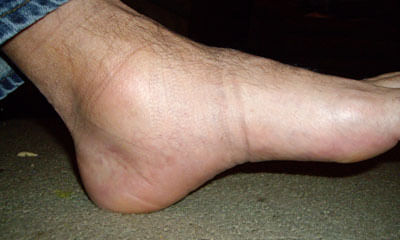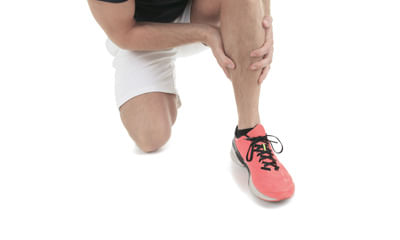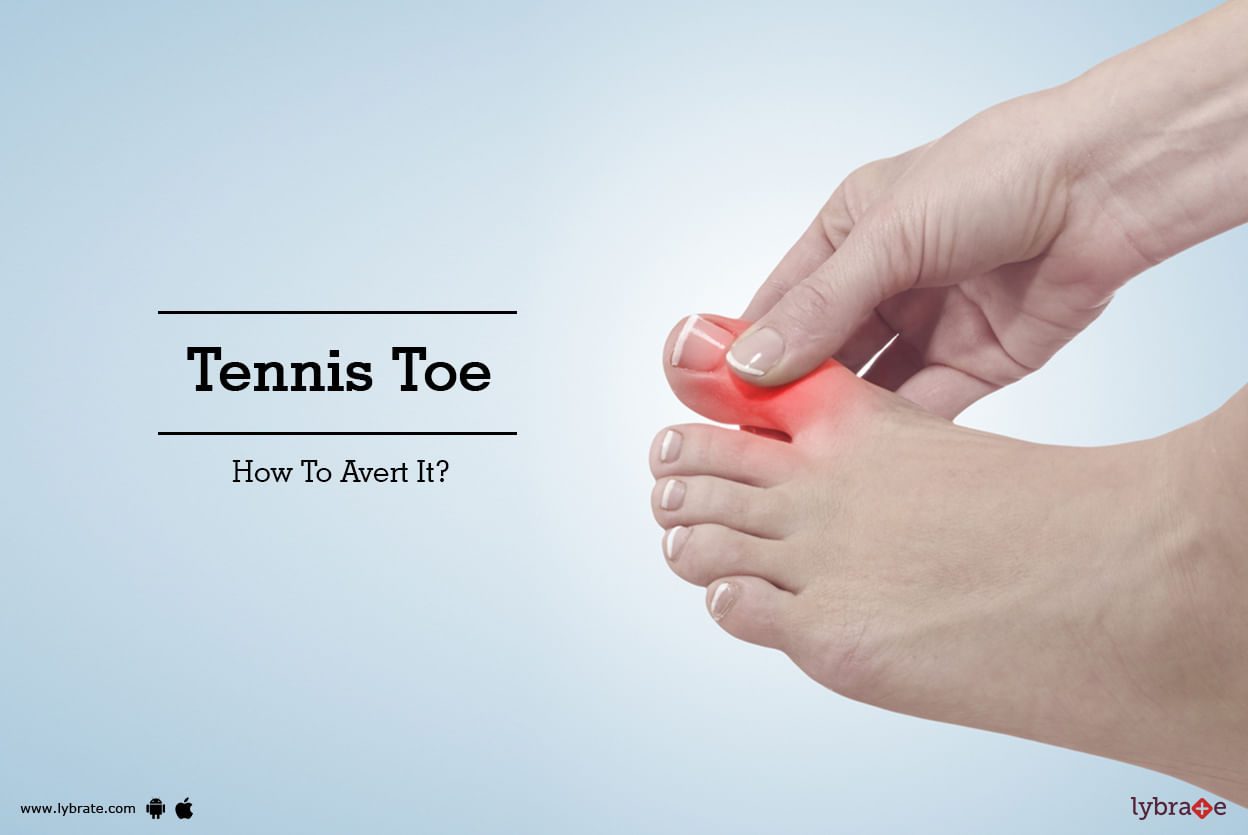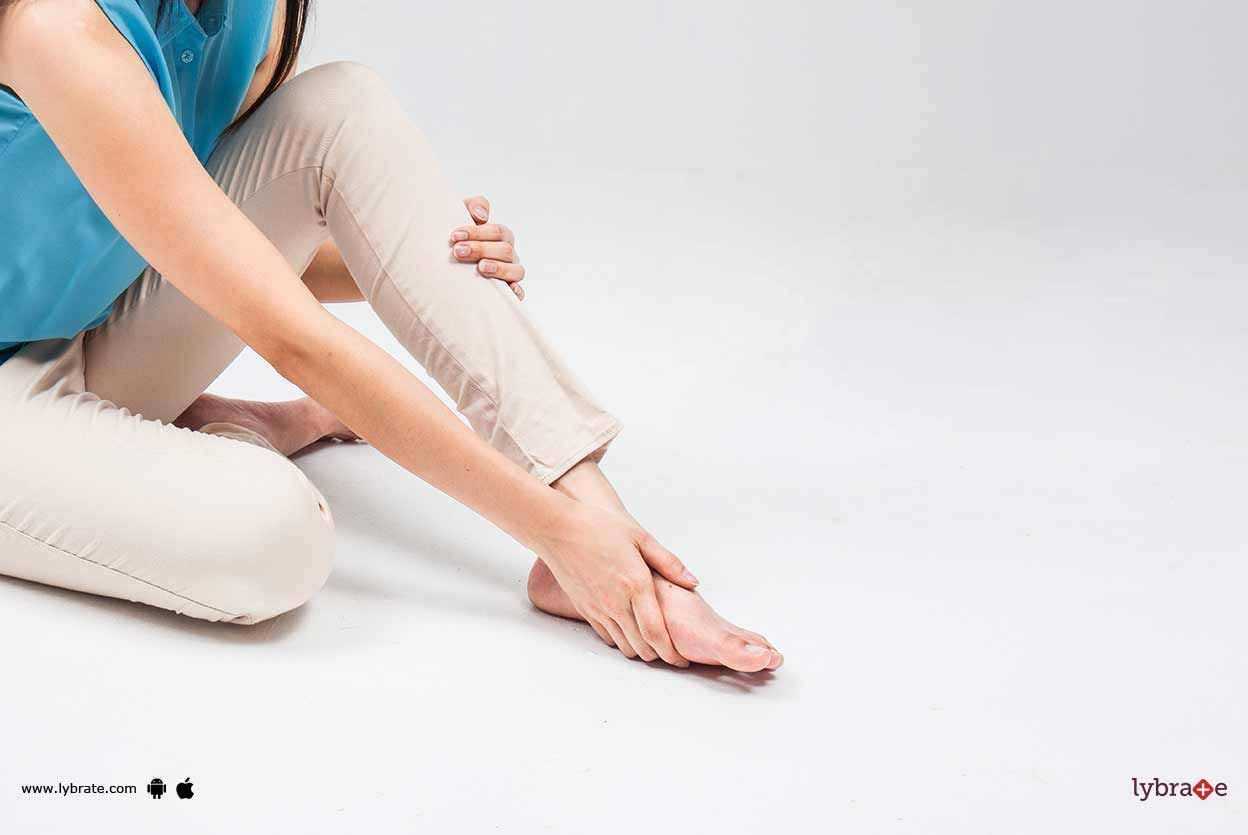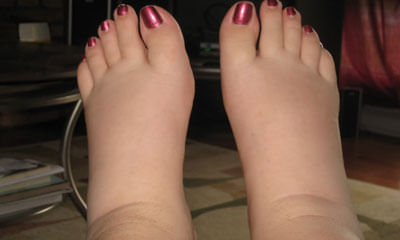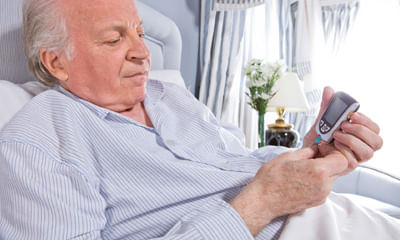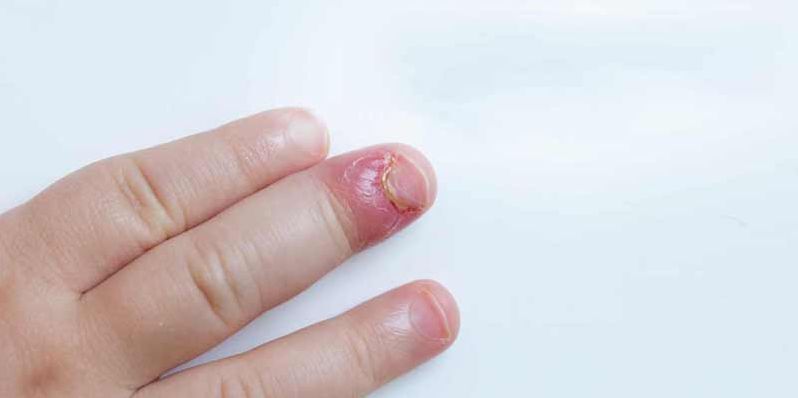Get the App
For Doctors
Login/Sign-up
Health Feed
Find Doctors
Health Packages
AllQ&AsTipsQuizzes
Swelling in Toe Health Feed
Asked for male, 68 years old from Delhi
Share
Bookmark
Report
Asked for male, 39 years old from Jammu
Share
Bookmark
Report
Last Updated: 5 years ago• Featured Tip
Share
Bookmark
Report
Tennis toe is also known as runner s toe since athletes are mostly runners; skiers and tennis players also get this injury often. Due to its ugly appearance, tennis toe is also known as a black toenail. This injury causes bleeding under the toe along with moderate to heavy pain. Although it is not considered to be type 1 serious injury, it can still force an athlete to abstain from participating in any events. The blood from the toenail might take its own sweet time to get out of the way. As a r...more
Last Updated: 6 years ago• Featured Tip
Share
Bookmark
Report
Hammer toe is a condition where the toe of the patient becomes deformed. The appearance of the toe will bear a downward curl that will make it look abnormal. This condition can mostly be seen during one childhood itself, and it usually is known to affect the second or third tow on the foot. Let us find out more about the symptoms, risk factors and treatment for this condition.
- Symptoms: The sheer discomfort of walking around with a hammer toe is one of the first symptoms of the condit...more
- Symptoms: The sheer discomfort of walking around with a hammer toe is one of the first symptoms of the condit...more
Health Query
Share
Bookmark
Report
A bunion forms when your big toe points toward the second toe. This causes a bump to appear on the inside edge of your toe. Bunions are generally thought to be genetic. They occur because of faulty foot structure, which is inherited. Some conditions that contribute to the development of bunions include flat feet, excessively flexible ligaments, and abnormal bone structure.
Health Query
Share
Bookmark
Report
•do contrast bath ie. Take two tubs in one you can fill hot water (ie. Bearable heat) to immerse the feet in the tub and you will have good effect ie. Warmth effect. Further to that wipe with towel and immerse the feet in the cold water (ie. Ice water bath) which will help you to reduce the inflammation. Once this is done you can do some ankle movements to both the feet which will help you to boost and improve the blood circulation. As I said over the phone please use anklet which I have already...more
9 people found this helpful
Health Query
Share
Bookmark
Report
You are having fungal infection in nail swelling may be due to this, visit a general physician for this purpose.
32 people found this helpful
Asked for male, 75 years old from Navi Mumbai
Share
Bookmark
Report
Hello,
thanks for your query on Lybrate
"as" per your clinical history is concerned do a clinical examination by your family doctor now, check blood pressure and fasting blood sugar and tell the doctor to adjust medication doses, discuss with your treating doctor about following investigations (tsh, ecg echo and kidney function tests) to rule out heart failure and kidney failure.
Do it on tomorrow as it is a medical emergency hope that helps.
thanks for your query on Lybrate
"as" per your clinical history is concerned do a clinical examination by your family doctor now, check blood pressure and fasting blood sugar and tell the doctor to adjust medication doses, discuss with your treating doctor about following investigations (tsh, ecg echo and kidney function tests) to rule out heart failure and kidney failure.
Do it on tomorrow as it is a medical emergency hope that helps.
9 people found this helpful
Last Updated: 6 years ago • Featured Quiz
Share
Bookmark
Report
Asked for male, 38 years old from Vijayawada
Share
Bookmark
Report
Book appointment with top doctors for Swelling in Toe treatment
View fees, clinic timings and reviews
Ask a free question
Get FREE multiple opinions from Doctors
posted anonymously


